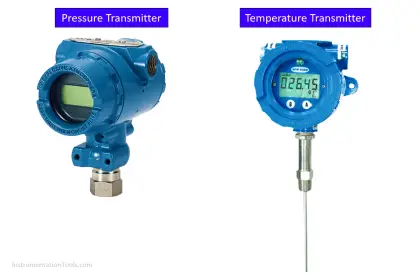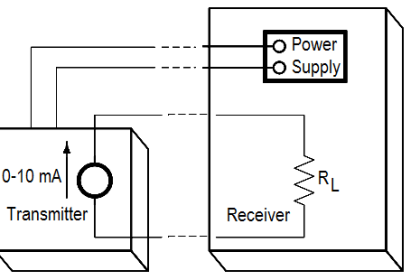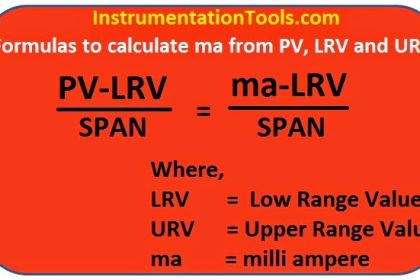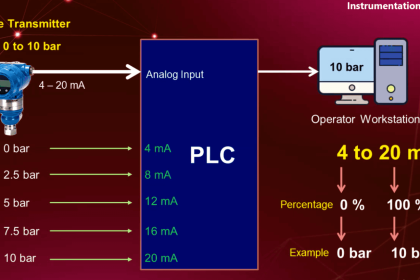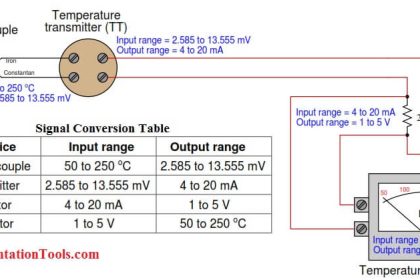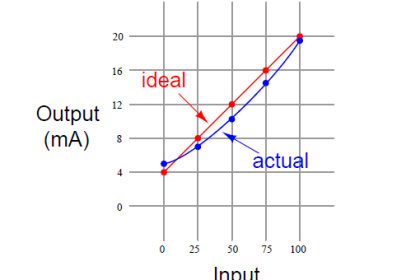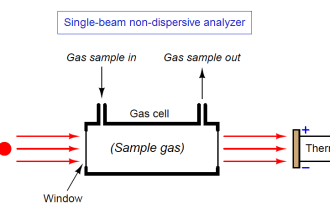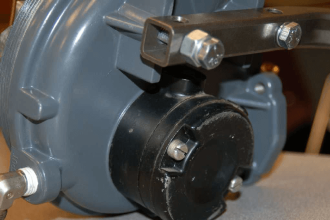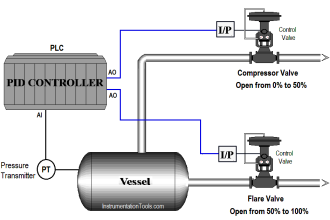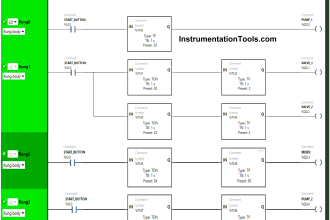Sizing of instrument cable should be performed to ensure that instrument device such as solenoid valve and its cabling works properly.
There are two factors that should be checked i.e. voltage drop and current carrying capacity.
Voltage drop is calculated as follows:

where:
Rio = Input resistance of I/O Card (Ohm)
Rw = Resistance of wire at specified temperature per lenght (Ohm/m)
Rins = Resistance of instrument device (Ohm)
L = Length of cable / distance from instrument to cabinet in control room (m)
In = Load current (A), obtained from power consumption of instrument device divided by power supply voltage.
Rins, Rio and Rw can be obtained from manufacturer’s catalog for instrument, I/O card and cable respectively.
The cable suits the application if calculated voltage drop is less than maximum permissible voltage drop by the system.
Current Carrying Capacity of a certain cable is defined as the maximum current that can flow through a cable without melting the conductor or insulation. Current Carrying Capacity varies depending on several factors such as conductor size, ambient temperature, and cable installation.
These factors are referred as derating factors and IEC has established the values for each.The cable suits the application if nominal current (In) is less than current carrying capacity.
Read Next:
- Introduction to Diodes
- Digital Memory Concepts
- Valve Safety Factor
- Instrument Air Design
- Delta-Sigma ADC
Source: instrument-control blog
